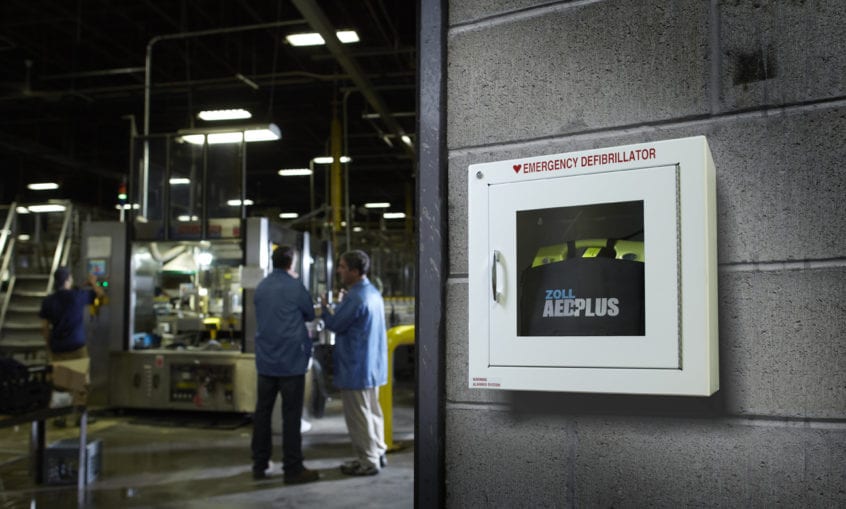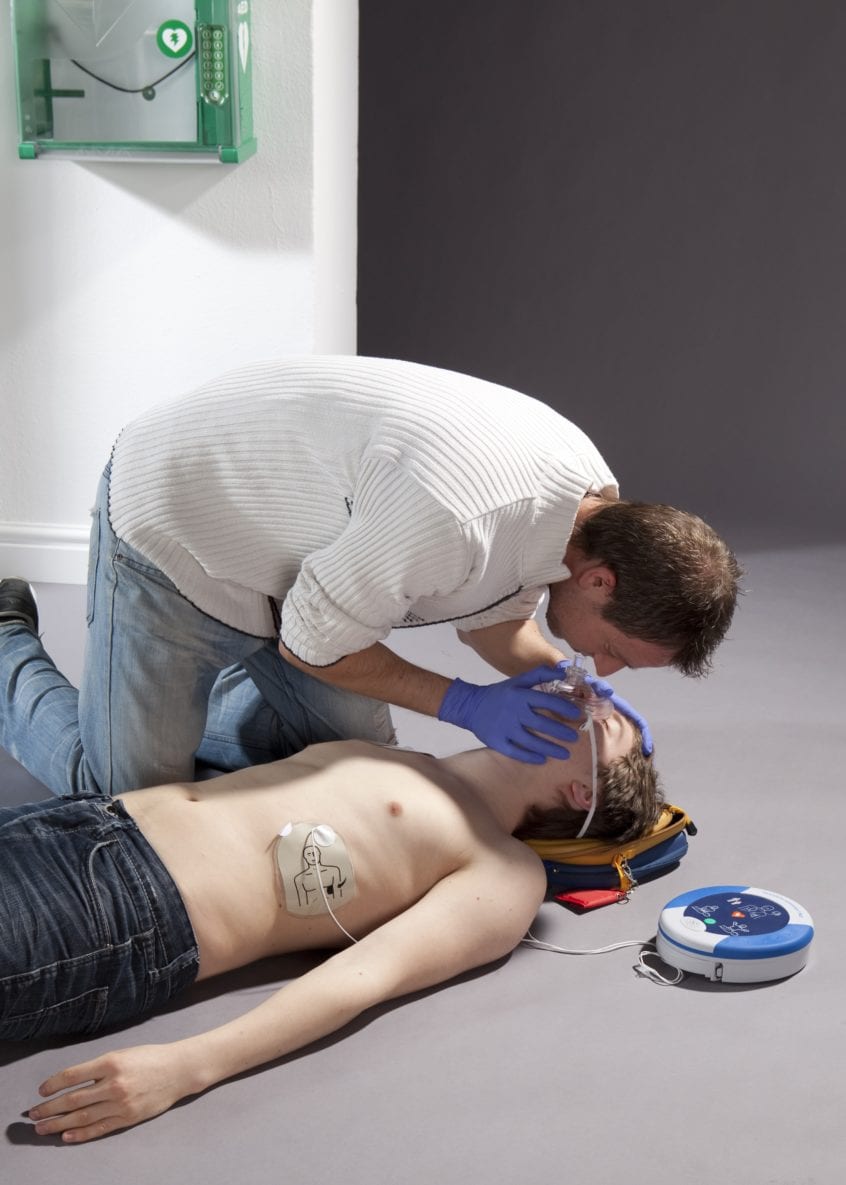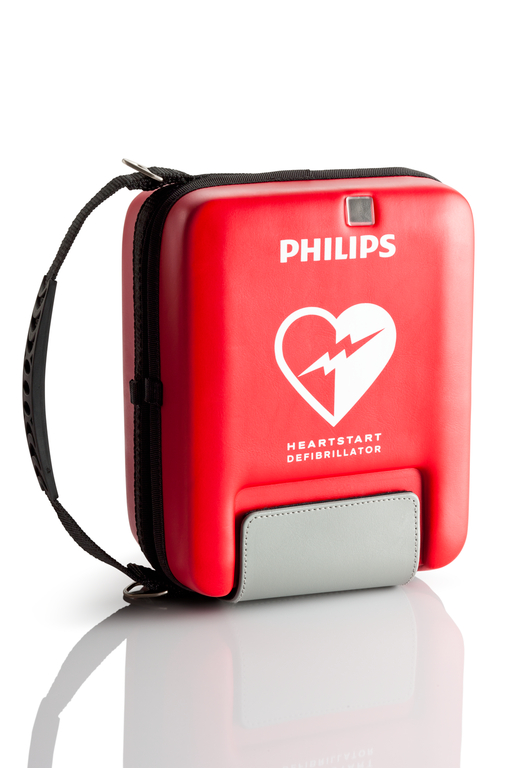Are you equipped with AED Defibrillators?
2015 is upon us and it is our hope that it’s a wonderfully productive and rewarding year for your organization, and a safe one too! January is a perfect month to look at your safety protocols and procedures to ensure complete readiness. Are you aware of AEDs? Have you considered AED defbrillators as part of your plans? Are you AED-equipped? … Read More










